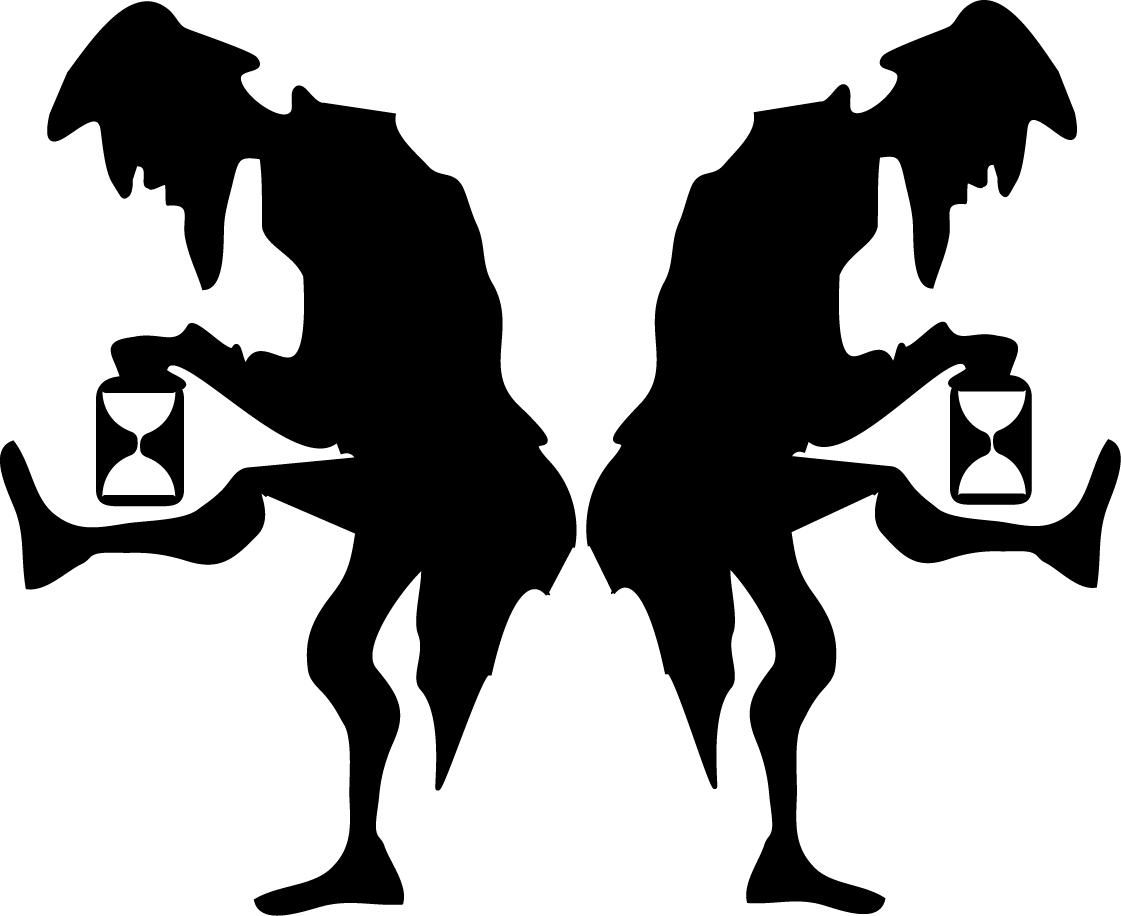The 2000 Sydney Olympics, hosted in Homebush, brought about a significant metamorphosis for the region. Once an industrial hub with expansive fields, a slaughterhouse, and a brick factory that contributed to half of Sydney’s construction, Homebush experienced a dramatic shift in the lead-up to the Olympics. The games catalyzed the transformation of this industrial area into a global sports hub, capturing the world’s gaze.
The Era Before the Olympics
Prior to the Olympics, Homebush was recognized for its state-owned brickworks and abattoir, which were operational for most of the previous century until their closure in 1988. The brickworks, in particular, had a substantial impact on Sydney’s growth. Approximately 3 billion bricks were manufactured here, baked, and then distributed to construct numerous suburbs in Sydney. Presently, the brick pit remains and is easily identifiable, serving as a haven for wildlife and is largely closed to the public.
The Olympic Metamorphosis
The metamorphosis of Homebush commenced when Sydney was chosen to host the 2000 Olympic Games. The region, now referred to as Sydney Olympic Park, underwent a complete overhaul. The industrial zone was converted into a precinct that held the world’s gaze.
A significant part of this transformation was the construction of the Sydney Olympic Stadium, also known as Homebush Stadium or simply the Olympic Stadium, which was completed in March 1999.
The Post-Olympic Era
The legacy of the Sydney Olympics continues to influence the Homebush region. Traces of the Homebush Abattoir are harder to find, with only its administration building still standing. Other areas, including its saleyards, were demolished to make room for facilities like the Sydney Showgrounds and sports arenas.
Interestingly, the brick pit, which was initially planned to be flooded and converted into a harbour, was left untouched when the endangered green and golden bell frog was discovered there. Today, it serves as a sanctuary for several threatened and endangered species.
The Games
The 2000 Sydney Olympics, officially known as the Games of the XXVII Olympiad, was an international multi-sport event held from 15 September to 1 October 2000. This marked the second time the Summer Olympics were held in Australia, and in the Southern Hemisphere, the first being in Melbourne, in 1956. Teams from over 199 countries were involved in the 2000 Games, which were the first Summer Olympics to feature at least 300 events in its official sports program.
Heroes of the Games
Several countries won a gold medal for the first time in their Olympic histories, including Cameroon, Colombia, Latvia, Mozambique, and Slovenia, while Barbados, Kuwait, Kyrgyzstan, North Macedonia, Saudi Arabia, and Vietnam won their first-ever Olympic & Paralympic medals.
The Paralympics
The 2000 Summer Paralympic Games were held in Sydney, New South Wales, Australia, between 18 and 29 October. The Sydney Paralympics was the last time that the Summer Paralympics were organized by two different Organizing Committees.
Conclusion
The 2000 Sydney Olympics & Paralympics brought about a significant transformation for Homebush, turning it from an industrial zone into a world-class sporting & entertainment precinct. The legacy of the games continues to shape the area, making it a symbol of change and progress.
#SydneyOlympics #SydneyParalympics2000

